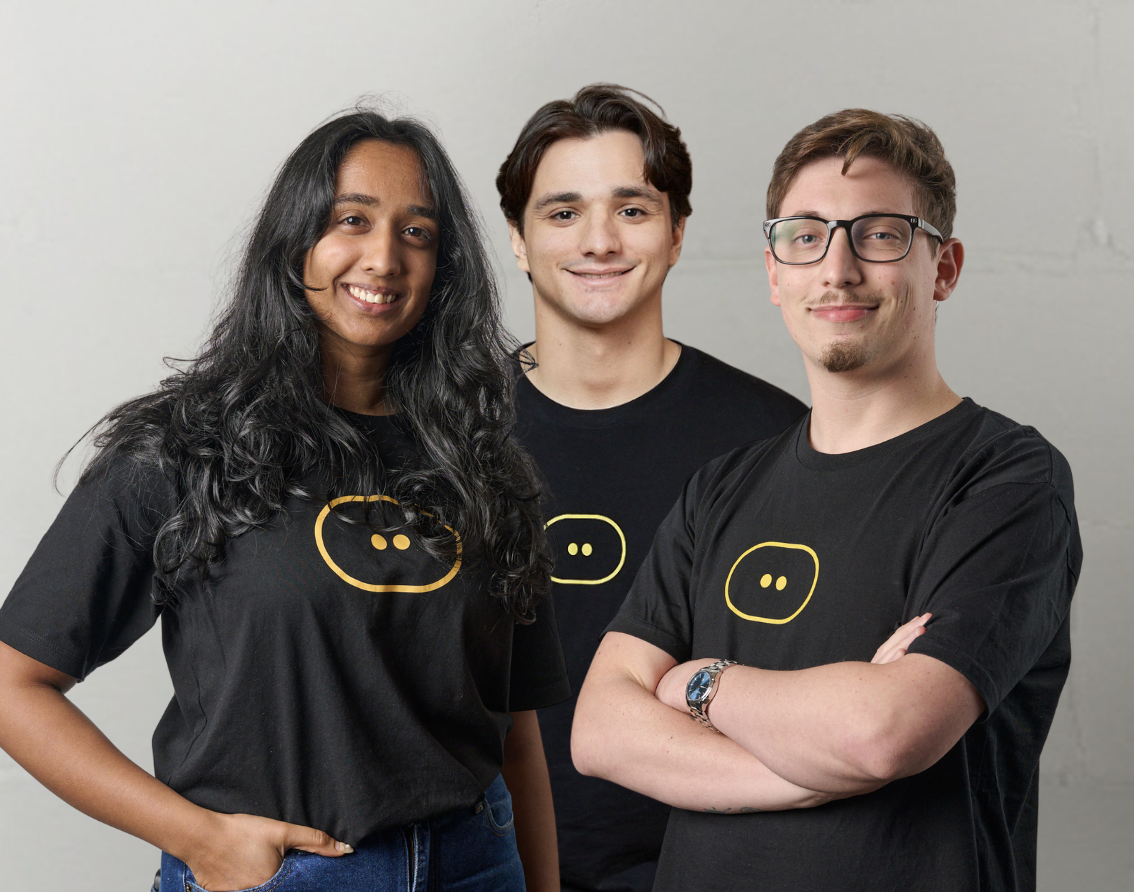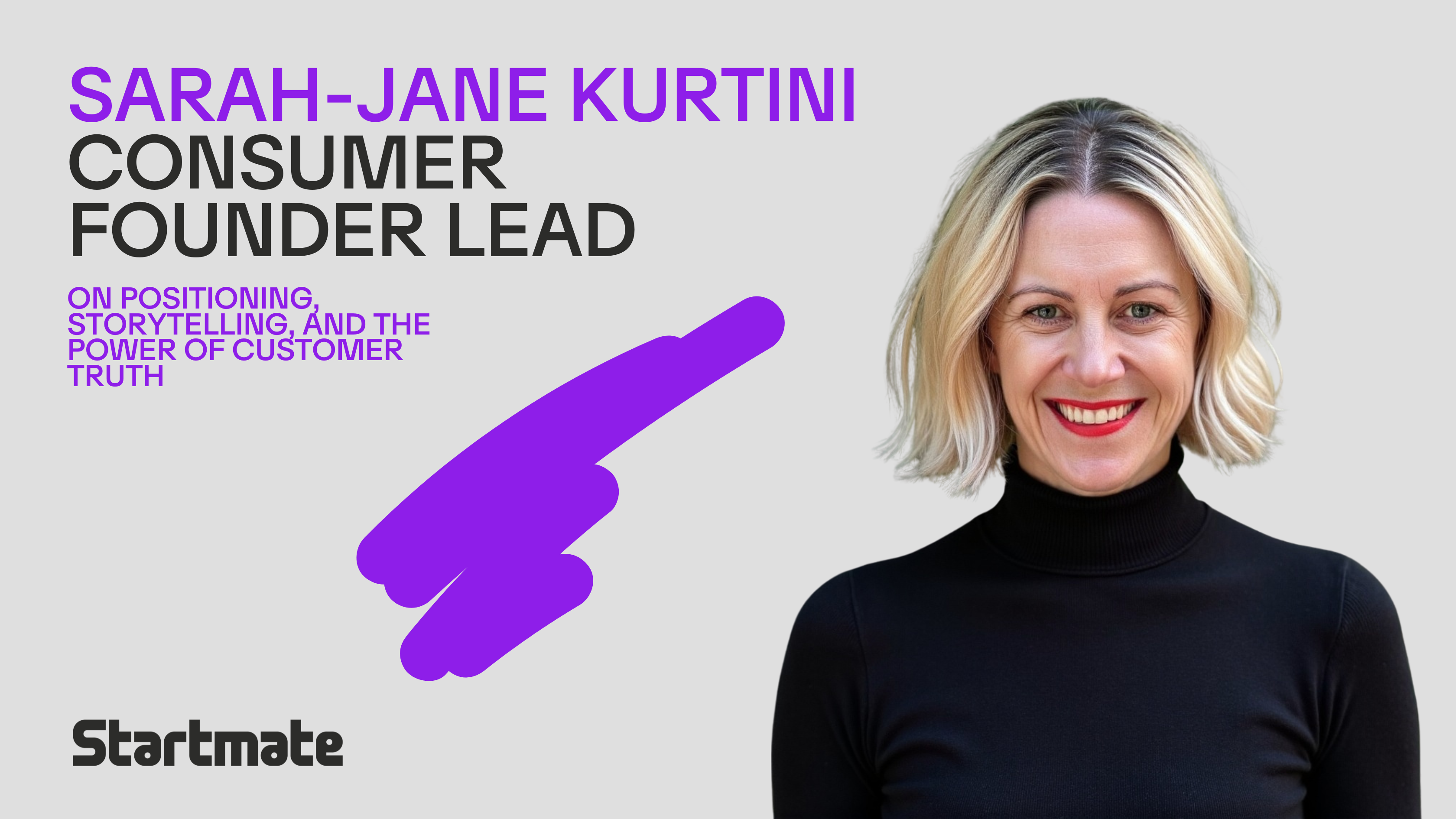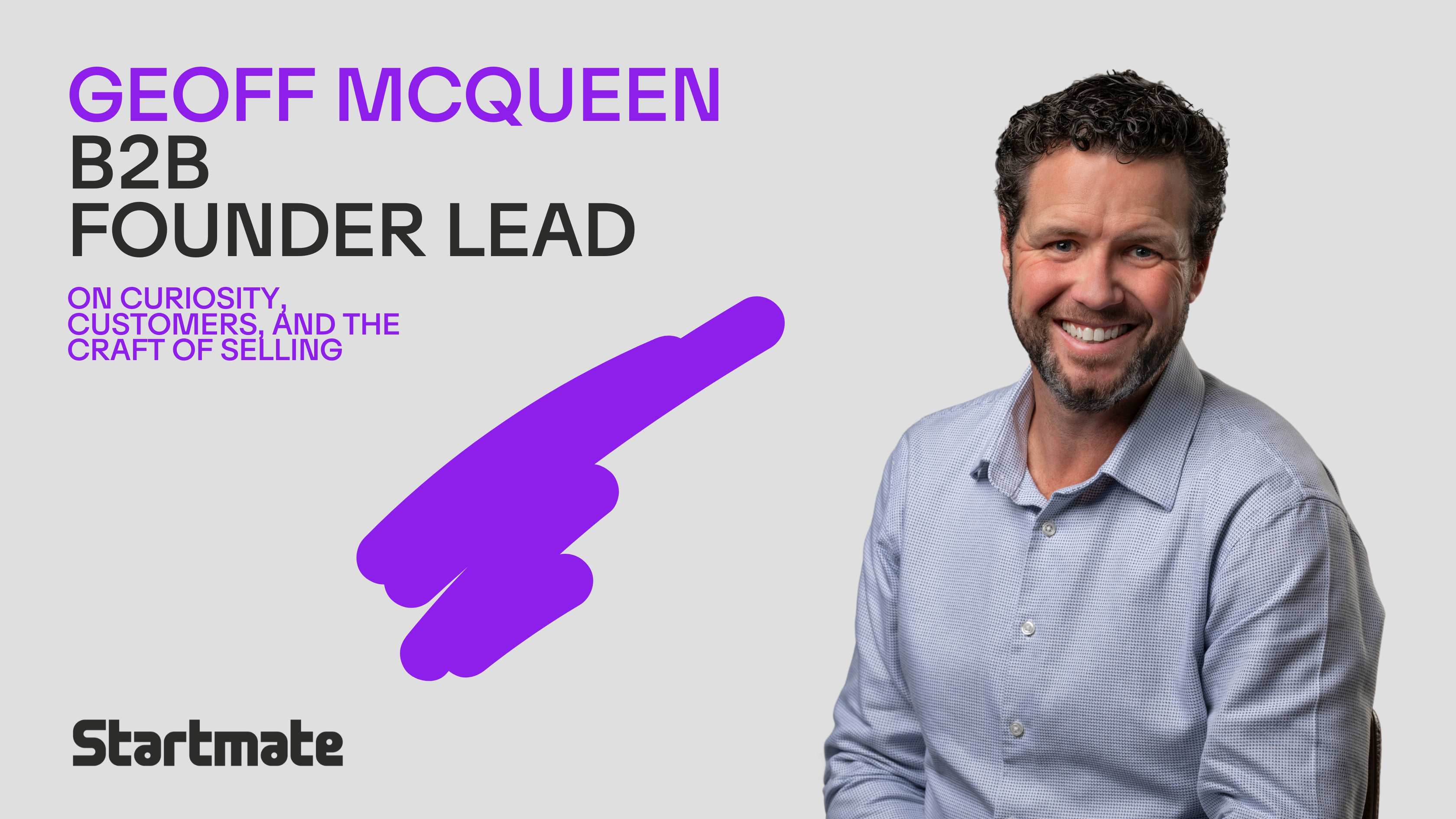When William Cerdelli first started tinkering with a desk robot during university, it wasn’t with a startup in mind. He was still Head of Data Science at a Melbourne server company, having built the department from scratch, and only planned to explore the idea until classes restarted. But what began as a side project quickly pulled him in. Within three months, the prototype was attracting unexpected traction. By January, William had quit his job.
He wasn’t alone. His co-founder, Matteo Beretta, had just graduated from computer science and engineering in Milan. The timing was uncanny: William brought the industry experience, Matteo the fresh technical firepower. Soon after, Ikya Thearam joined, having just finished up as an early team member at NextGen Ventures.
“It was very happenstance,” Ikya says. “William needed a marketer. I said, well, that’s me.” Together, the trio became HEYSTU and set out to build something they themselves wished had existed: a desk companion for people with ADHD.
Not a chatbot. Not another app. STU is a conversational desk companion for people with ADHD, designed to reduce the overwhelm of daily life, not add to it. In a world of noisy notifications and always-on screens, STU offers something refreshingly human: presence.
From lived experience to prototype in two weeks
Executive dysfunction is one of the biggest daily challenges for people living with ADHD. Apps promise to help, but the irony is obvious: they live on the very devices that fuel distraction. “You’re trying to use a productivity app, and then Instagram pings you. You’re lost,” Matteo explains.
HEYSTU flips that paradigm. Rather than adding another app to a crowded phone, STU is a standalone companion that sits on your desk. Activated by a simple “Hey, STU”, the device helps break down tasks, prepare for events, and talk through daunting to-dos. Need to get ready for a big interview? STU can run through questions, listen to your answers, and suggest improvements. Overwhelmed by an email? STU can extract the key actions and order them into manageable steps.
“It’s not just about telling you what to do,” William says. “It’s about figuring out how to do it together.”
Building beyond the phone
The choice to make STU a physical companion wasn’t just aesthetic, it was intentional. Phones ping, pull attention, and add friction. STU does the opposite. Quietly present on the desk, it offers the feeling of body doubling, a proven ADHD strategy where working alongside someone (or something) helps sustain focus and momentum.
Its form also simplifies action. Instead of navigating menus or tabs, you just talk. Every task, reminder, or idea begins as a conversation, which mirrors how ADHD minds process best, through dialogue, not interfaces. Beyond the device, a connected web app lets users upload documents, link calendars, and create visual task maps, with features like WhatsApp integration for quick, conversational check-ins. But everything returns to that physical anchor, the desk companion that listens, responds, and keeps you grounded.
What makes it work isn’t the novelty of a robot, but how deeply it’s been co-designed with the ADHD community. Over 400 customer interviews have shaped STU’s responses to support emotional regulation and decision-making, empowering users to untangle complexity rather than adding to it. As Ikya puts it, “We’re building from the inside out.”
Selling out, fast
Before the Accelerator, HEYSTU had little more than a scrappy prototype and a handful of early sign-ups. That changed quickly. Their first 20 units sold out in three days. The next 80 disappeared within a week. The entire first batch of 100 devices was gone almost instantly.
A second round of pre-orders opened soon after, with 150 deposits flowing in almost immediately. Customers aren’t just curious, they’re insistent; frustrated if they miss their chance to buy one.
“This morning alone, we sold another 15,” William says.
Even better, the economics are unusual for a hardware company. The deposit required to reserve a STU is higher than the cost of acquiring that customer. “We’re technically profitable on pre-orders,” William explains. “That gives us confidence we can scale.” By November, the team is on a trajectory to amass more than 1,000 paid pre-orders.
Milestones along the way
The past few months have been a blur of growth and validation. William spent time in China, exploring manufacturers and preparing the supply chain for scale. The team added an animator to give STU personality, and a marketer to grow demand. They stress-tested the prototype with early adopters and even pulled off their first live demo at Melbourne’s Creator Space.“It was unplanned, totally nerve-wracking,” William laughs. “But STU replied perfectly. That moment told us, yes, this works.”
The business model behind the mission
On the surface, STU is charming. Underneath, the tech is serious. Voice activation now runs locally, meaning the device can always listen without sending data to the cloud. That slashes costs, improves privacy, and makes interactions seamless. Software updates roll out automatically across the fleet, with new features landing instantly.
“It’s not just a cute robot,” William says. “It’s infrastructure. Infrastructure for calm, for focus, for neurodivergent minds that have been overlooked for too long.”
Looking ahead
The next six months are all about scale. First, deliver the 100 early units and collect feedback. Then move fast toward a production run of 10,000 devices, a leap that could generate $2 million in revenue. But the vision stretches far beyond. In five years, the team imagines a million STUs in the world, and an expanded suite of conversational devices: wearables, IoT companions, and always-ready AI support across contexts.
“Our core strength is conversational AI with a physical presence, built specifically for the neurodivergent mind," William explains. "We want to be there for people, wherever they are." The product roadmap also extends beyond ADHD. Many users live with overlapping conditions such as anxiety or depression. By staying close to the global neurodivergent community, HEYSTU is already exploring how to broaden its impact. The hypothesis: neurodivergence leads to innovation in tech. HEYSTU hopes to uplift others and make the world more accessible to this group of people.
Real moments, real impact
What excites the team most are the stories. Customers say STU makes them feel less alone at their desk. They no longer spend hours not knowing where to start when it comes to cleaning the house or being on top of routine tasks in their lives. Parents also talk about their kids using STU to structure homework for the first time without tears.
It’s truly creating a huge impact in customers’ lives. Recently, when the team demoed STU live, William admits he gave the little robot a pep talk beforehand. “Don’t mess with us in front of investors,” he joked. STU performed flawlessly. The crowd loved it. The waitlist grew again.
Those moments remind the team why they’re building. Not to chase hype, but to give people with ADHD a tool that feels like a companion rather than another demand on their attention. As Ikya puts it: “People didn’t want another app. They wanted something real. STU is real, and we’re/it’s just getting started.”
If you’d like to experience the magic of STU, you can pre-order one here at heystu.io!






.png)

